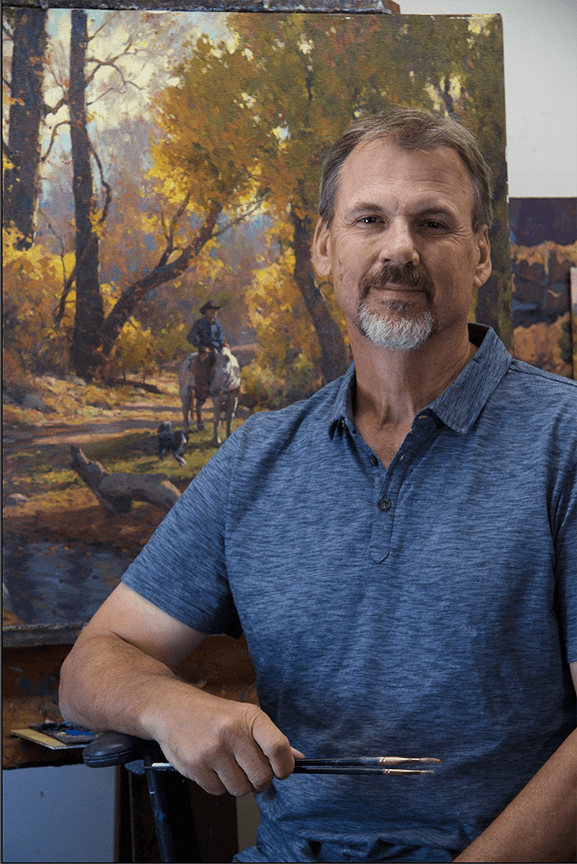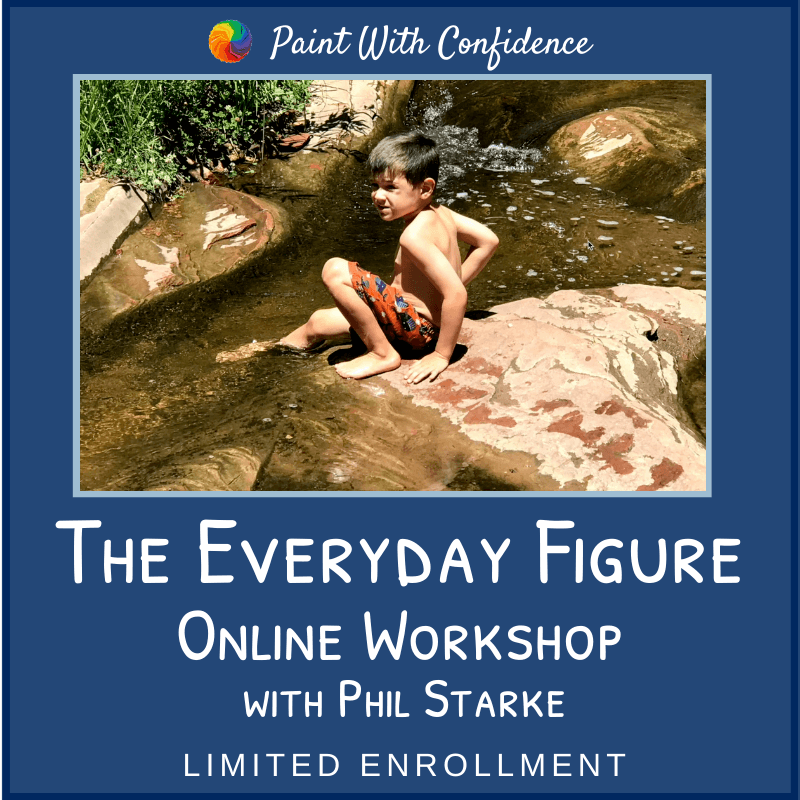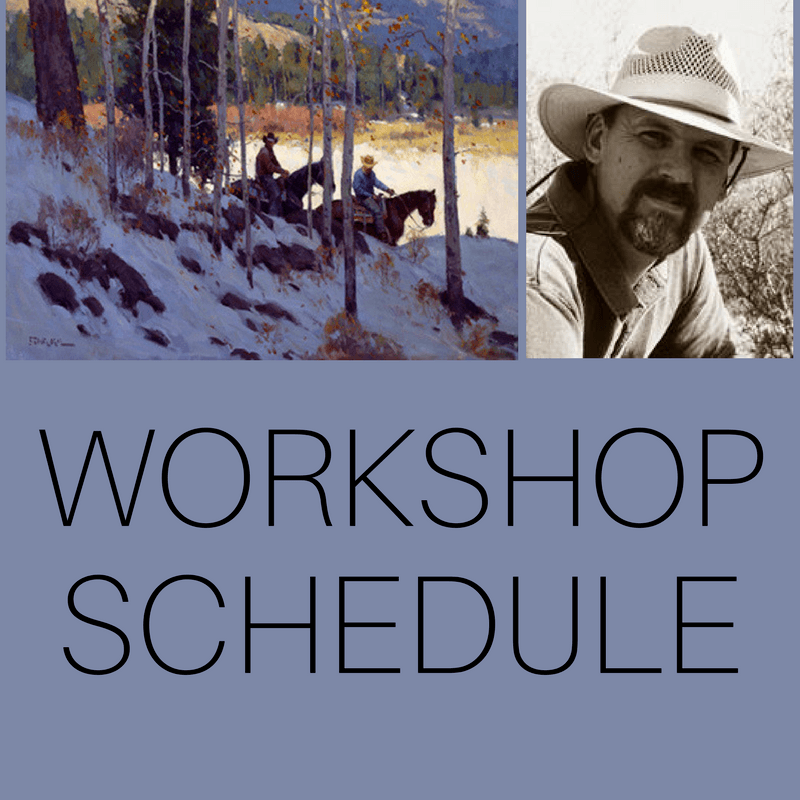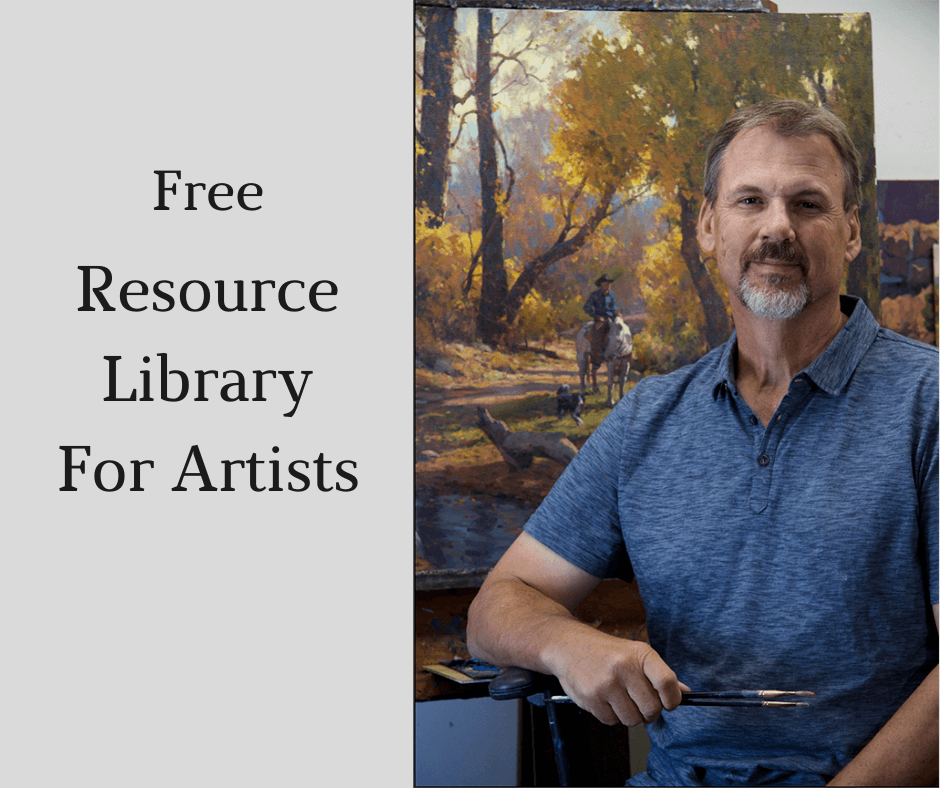Phil Starke Studio Newsletter - December 2021
Phil Starke is a professional fine artist with prestigious gallery representation, participates in national museum exhibitions, and teaches workshops and online fine art courses.

December 2021
The Yosemite visit was a Plein Air Painters of America paint out, set up by Kathleen Dunphy. It was great painting with such a good group of painters. Below are 6 of the small paintings I finished there and I hope to paint larger versions soon.
In the studio I’m working on a series of large paintings for a show coming up at the Museum of Western Art in Kerrville, TX. The show is called "The Heavens Declare! Celebrating the Glory of the Skies". This show will run from April 1 - July 22, 2022. I have a couple of them done and the rest are in progress.

Click image to enlarge

Click image to enlarge
Light & Shadow Workshop At The Booth Art Academy
I've got a workshop coming up at the Booth Museum's "Booth Art Academy". I'll be teaching a 3-Day Landscape & Still-life Workshop January 27-29, 2022. The workshop will be about "Light and Shadow". Call 770-387-1553 with any questions. Get all the details and register online at www.boothartacademy.org. Space is limited.

Two New Art Guides & A Tutorial
It's the Christmas season so I've added two new art guides and a tutorial to my free Resource Library. You can join my free Resource Library at this link: RESOURCE LIBRARY
ARTIST AT A GLANCE
Walter L Palmer (1854 - 1932)
Walter was born in Albany NY in 1854, the son of the famous sculptor Erastus Dow Palmer. In his youth he was acquainted with the leading artists of the day such as Frederick E. Church, John Kensett and John McEntee. At the age of 24, he began his formal study of art with the artist Frederick E. Church, the great Hudson Valley painter. In the early and mid-1870's, Walter traveled and studied extensively in Italy and France. He studied with Carlos Duran in Paris. He studied the work of the impressionists as well as all the expatriate American artists in Europe. He was a friend of John Singer Sargent and went on at least one sketching trip with Sargent. He also spent time with John Henry Twatchman, William Merritt Chase, Frank Druveneck, and Robert Blum.
Upon his return to the states in the late 1870's, he and Church rented a studio in New York City. They kept it from 1878 until 1881. Palmer first received major attention for his winter scenes in 1887 when he received the Second Halgarten Prize of the National Academy for his painting "January". This award is for outstanding young (under 35) artists with potential. It wasn't his only award. He received the gold medal from the Philadelphia Art club in 1894 and another gold medal from the Boston Art Club in 1895. More awards came from more prestigious Art Associations and his reputation continued to grow.
In 1915, Palmer, now 61 years old, spent the summer in Gloucester, Mass. A habit he would continue to do for many years thereafter.
Walter L. Palmer died in his hometown Albany NY on April 16, 1932 at the age of 78. After his death his work fell out of favor and many museums deaccessioned his paintings in the years following W.W.II. By the early 1960's, representational art was out and often the frames were worth more than the paintings. People liked clean walls with no paintings -- a sort of delayed reaction to the covered wall style of the Victorian period. In the last 20 years the trend has again reversed and his work and those of American Impressionist and realistic artists of the early 20th century have been rediscovered.
- IMAGE 2
- IMAGE 3
- IMAGE 4
- Image 5
- Image 6
- Image 7
- Image 8
- IMAGE 9
- IMAGE 10
- IMAGE 11
- IMAGE 12

Click image to enlarge
ARTIST TIP
“Compositional Format”
When we photograph a scene we always end up with the same aspect ratio of 4:3. It’s a good shape for a landscape, more horizontal but not too long, it gives us a longer horizon line to include more of the landscape. But, we shouldn’t want every painting to be that same 4:3 ratio, it will get boring and doesn’t fit every scene that we see outside.
Some subjects look better vertically, especially when the subject is mostly tall. Some subjects work better square or close to square.
So a good step before you start painting is to create different formats for your subject. I like to do at least 3 different thumbnails of a photo to find the best composition.

Here is a photo from Yosemite, it's a good shot but it takes in too much. My main interest is the sunlit cliff and the sunlight pine trees, so there is too much info on the right and the left as well as top and bottom. If I can eliminate those areas the focal area will be bigger and more interesting.
So below I have cropped the photo three different ways; horizontally, vertically and as a square. I think all three version work well and they give me 3 different paintings.

horizontal

vertical

square
Have you signed up to get my free Newsletter?
Don't miss out on all my great content!
If you have friends who would enjoy this newsletter, please share. Thank you!
































